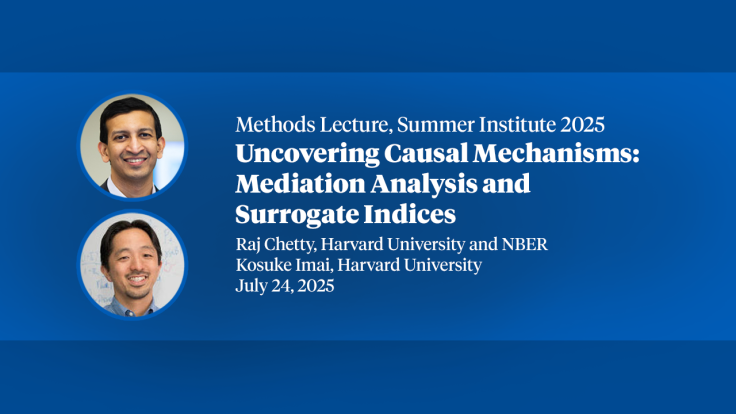Selective Turnout, Voting Policy, and Partisan Bias: Evidence from Multi-Level Data
We study voting in general elections for the U.S. House of Representatives. Our data set includes demographics and turnout of all registered voters for the years 2016–2020, as well as vote shares at the precinct and contest level. We estimate a Downsian voting model incorporating rich observed and unobserved heterogeneity at the voter and contest level. We find that voters with high perceived voting costs tend to favor Democrats, as do marginal voters in most districts. Variation in state voting policies accounts for a modest share of overall estimated voting costs but is sufficient to determine the majority party in some years. We also find that many states’ district maps favor one party in converting votes to seats. On net, these biases favor Republicans. For example, we estimate that winning 50% of votes in every state would give Republicans a nine percentage point seat advantage in the House.
-
-
Copy CitationSteven T. Berry, Christian Cox, and Philip Haile, "Selective Turnout, Voting Policy, and Partisan Bias: Evidence from Multi-Level Data," NBER Working Paper 34149 (2025), https://doi.org/10.3386/w34149.Download Citation


